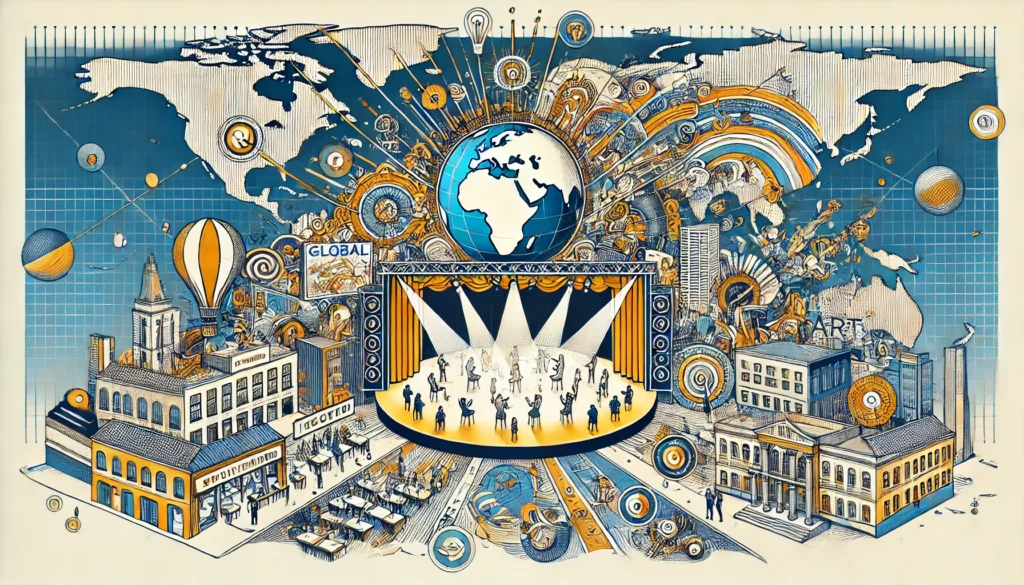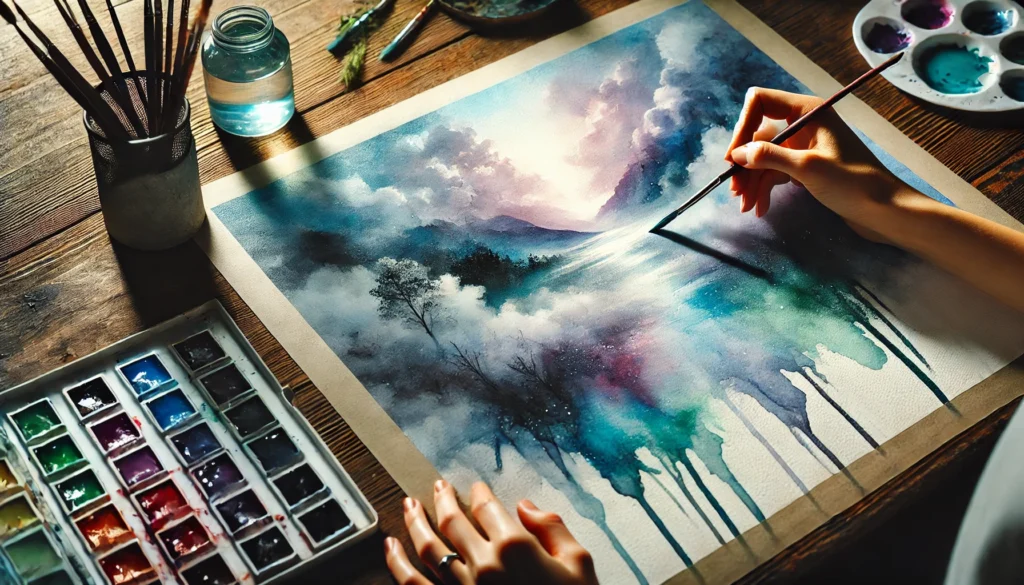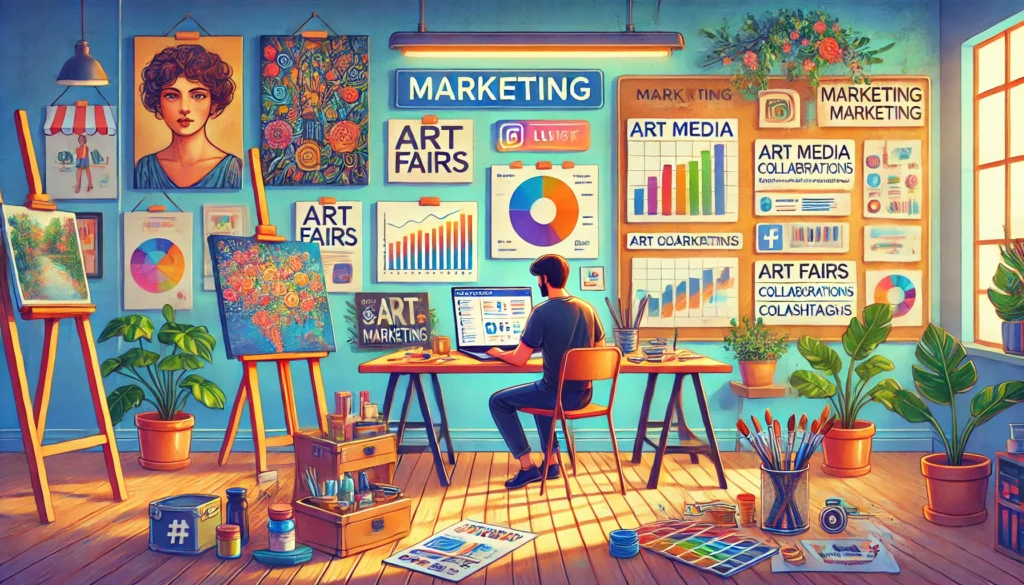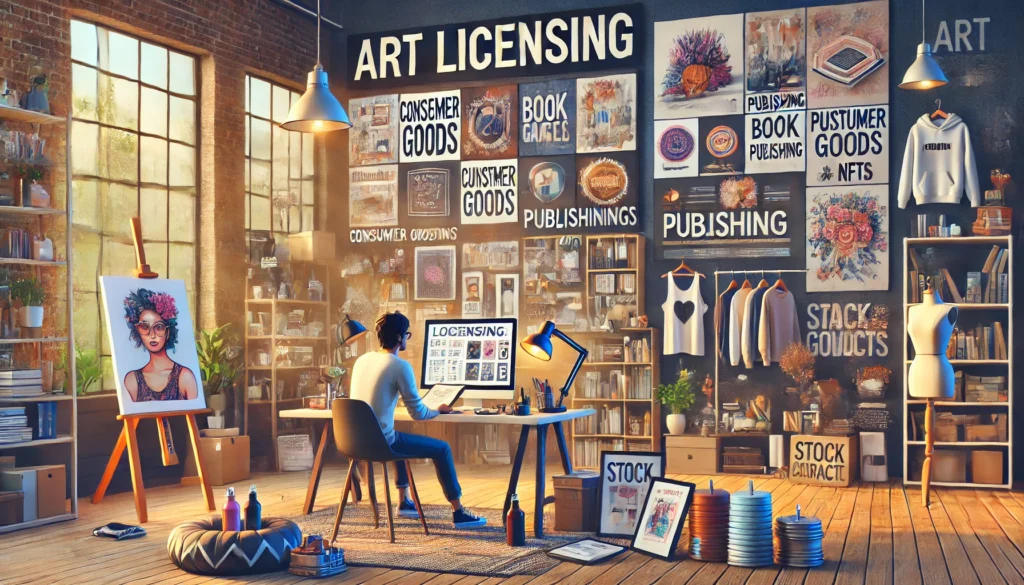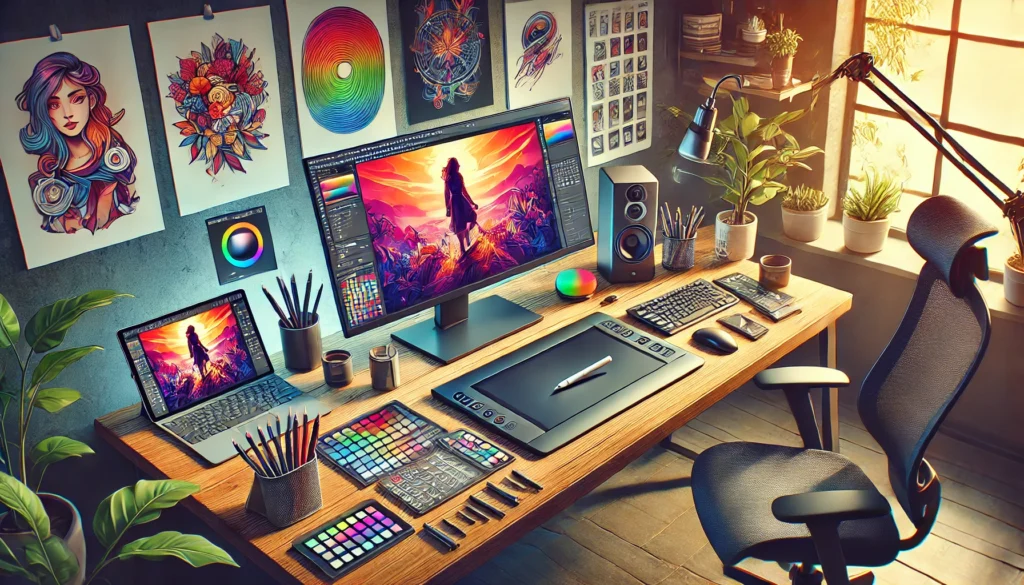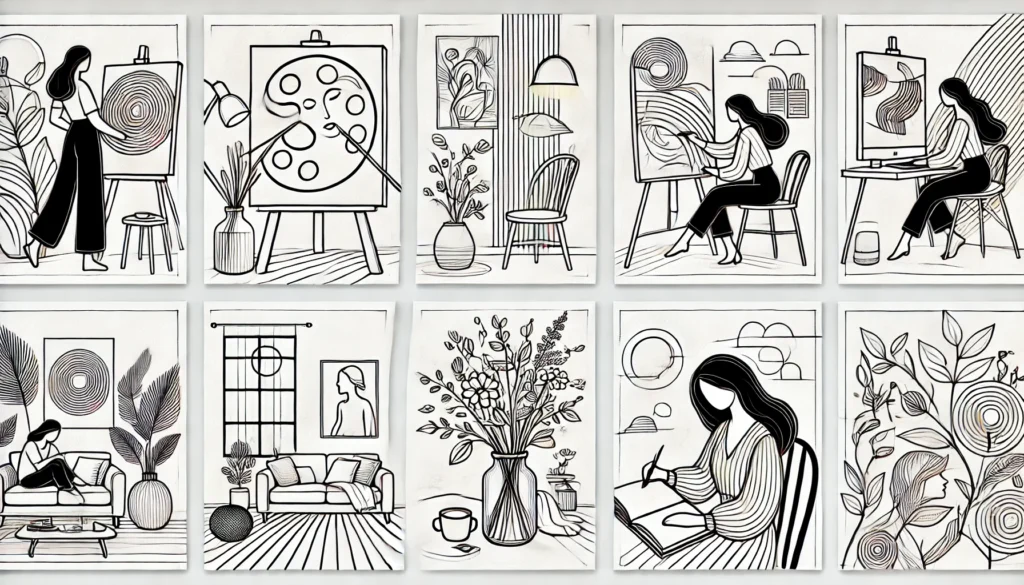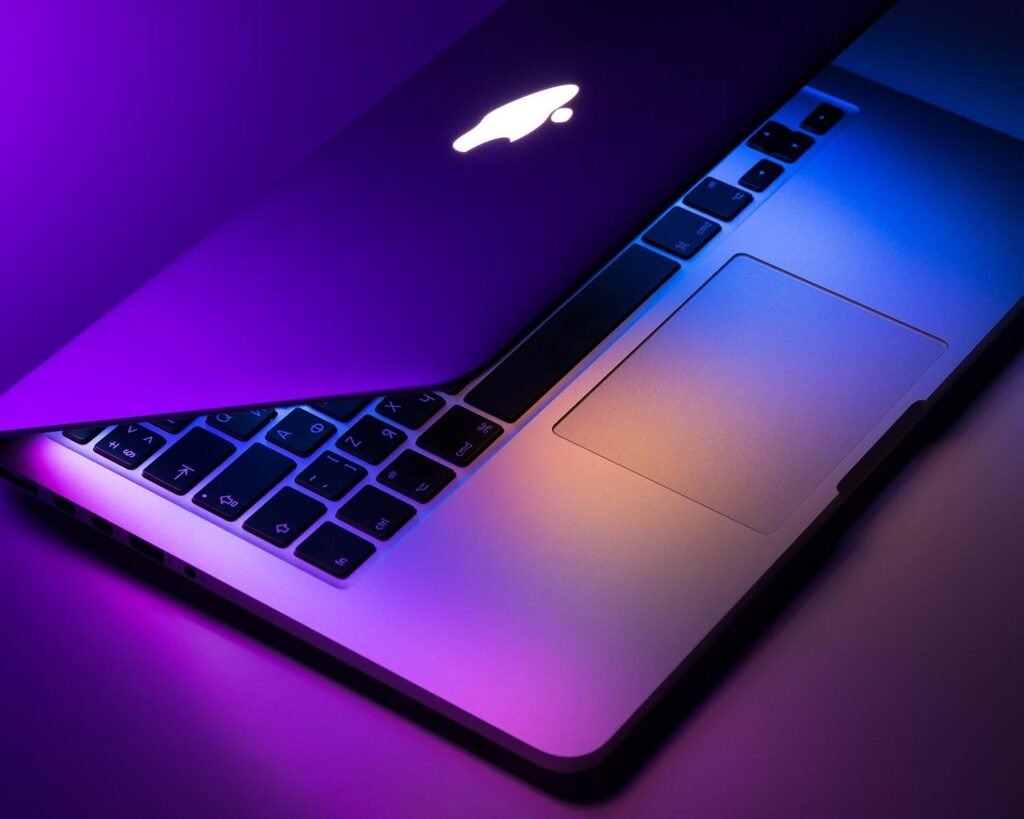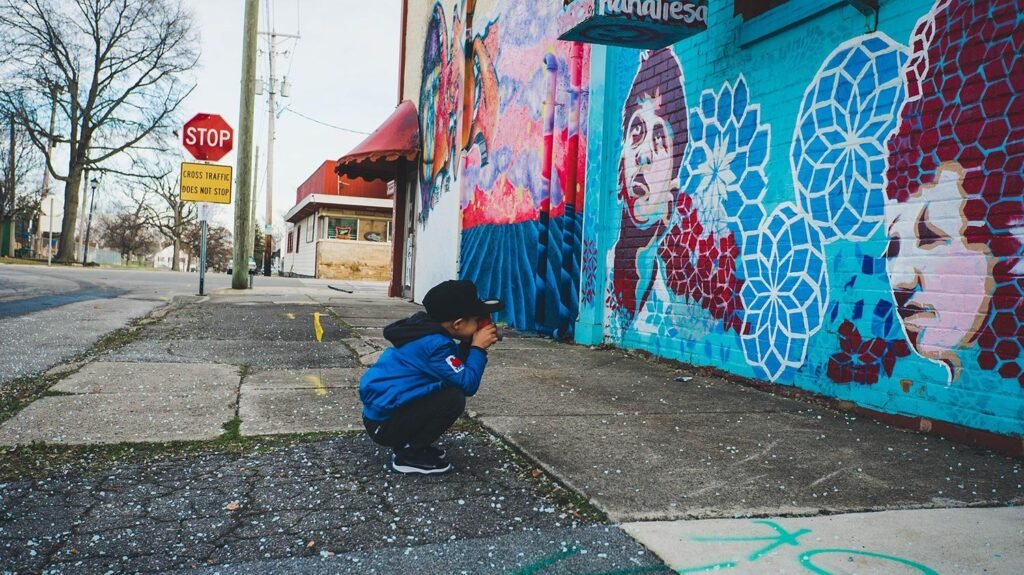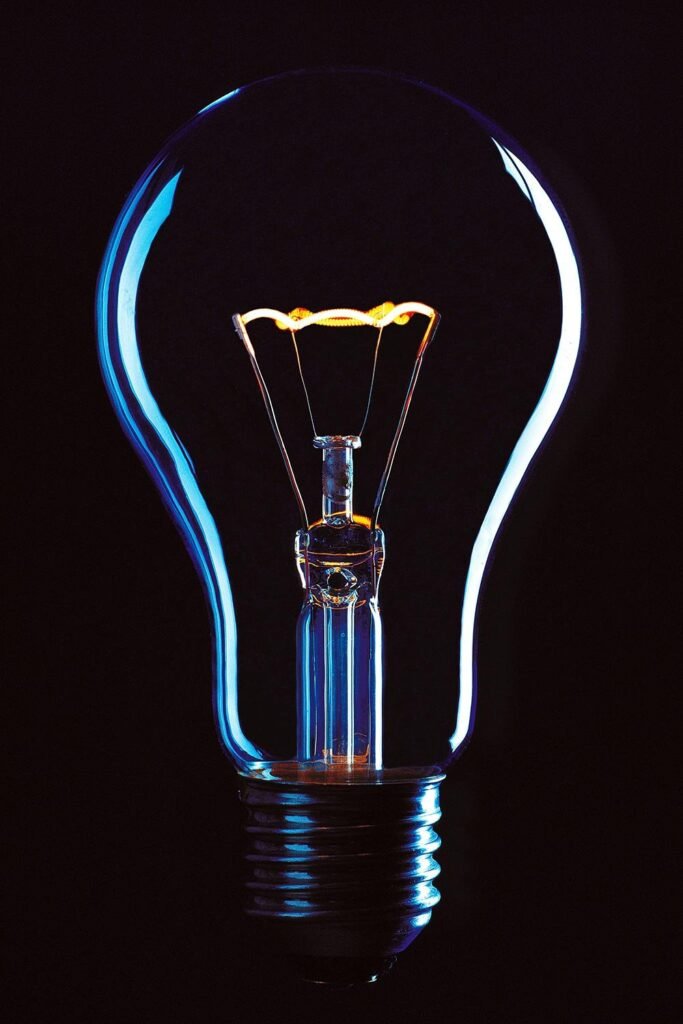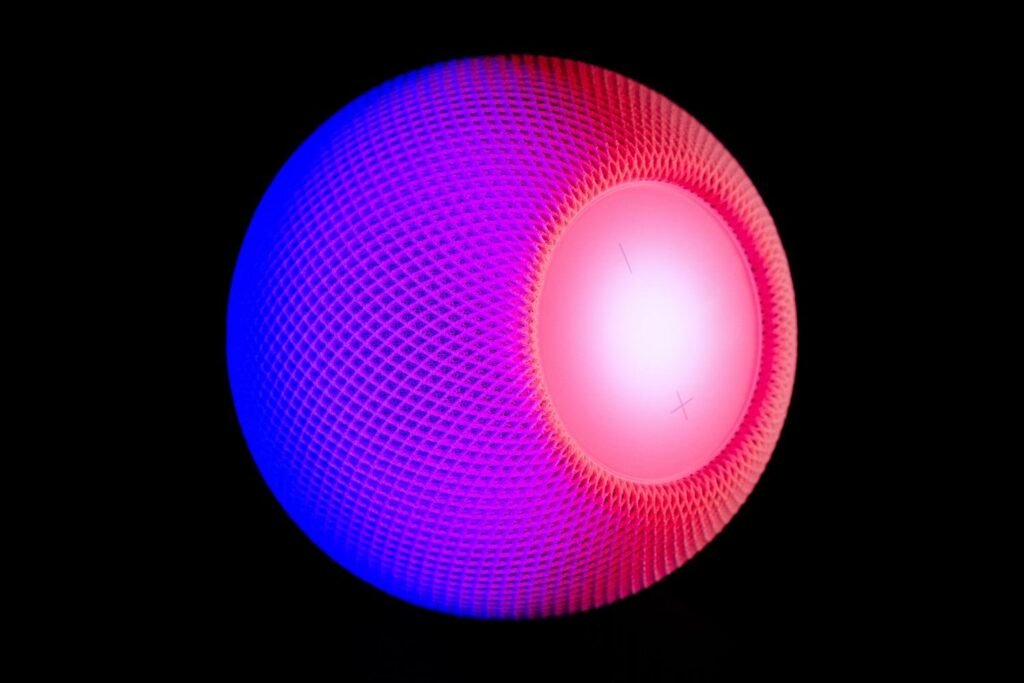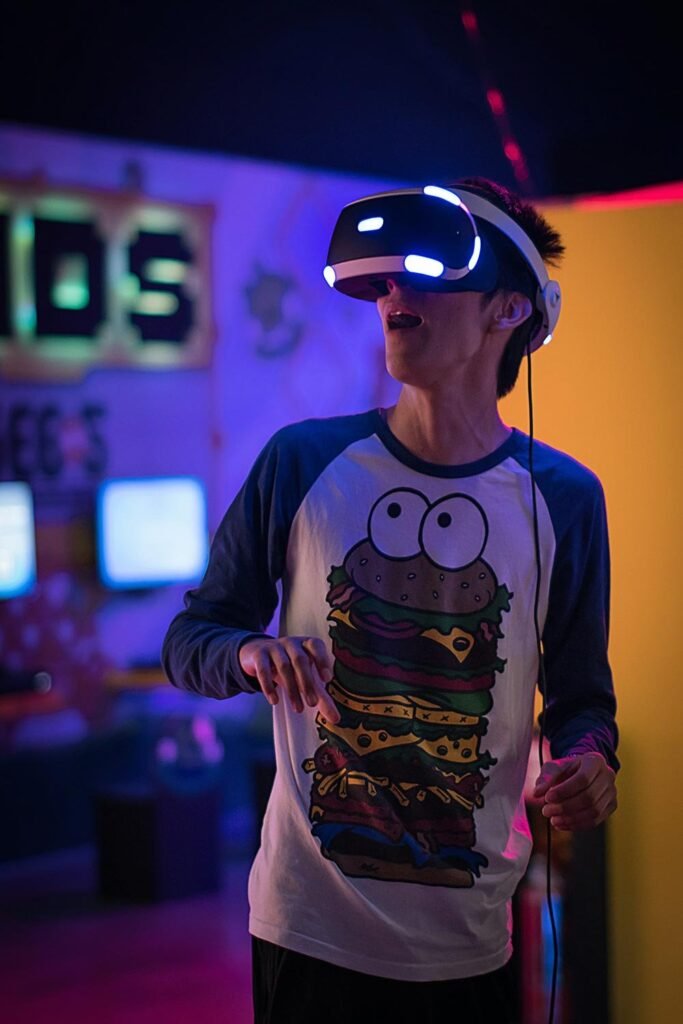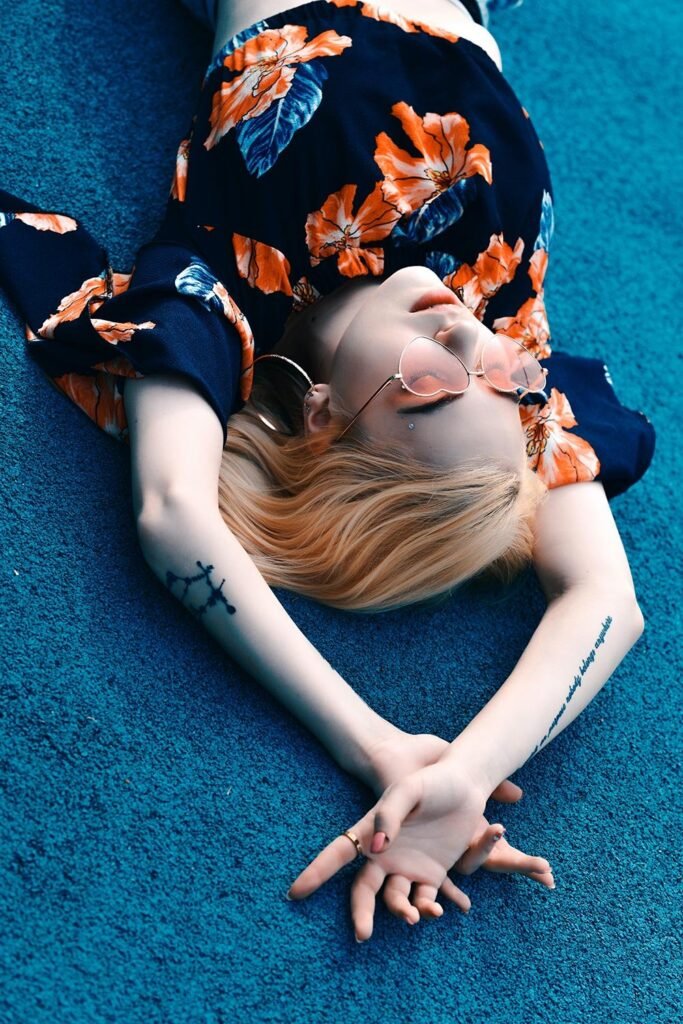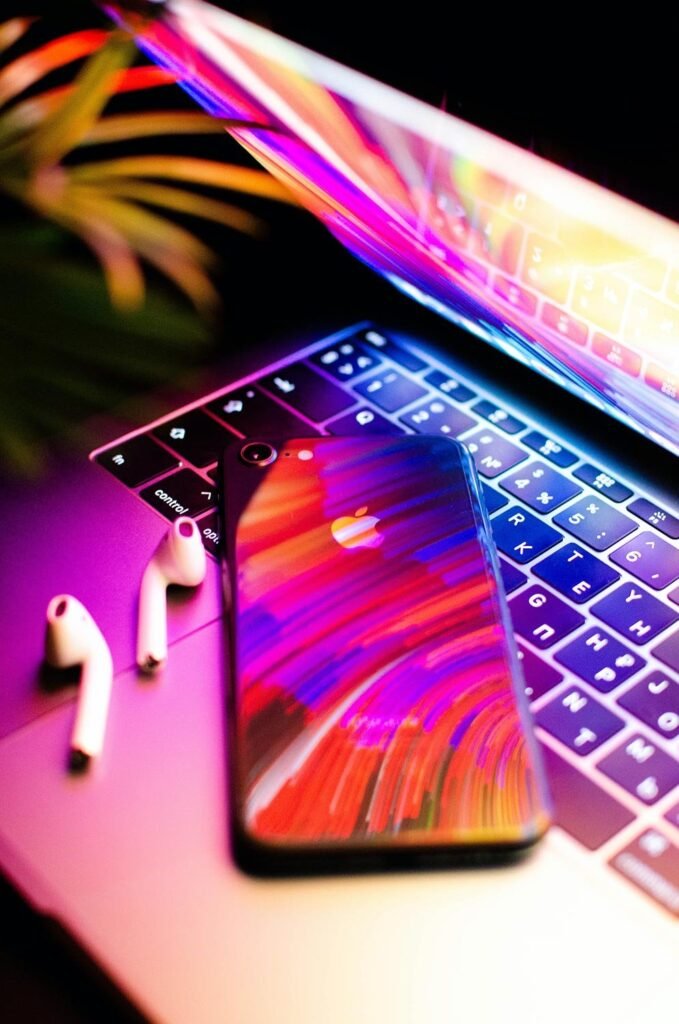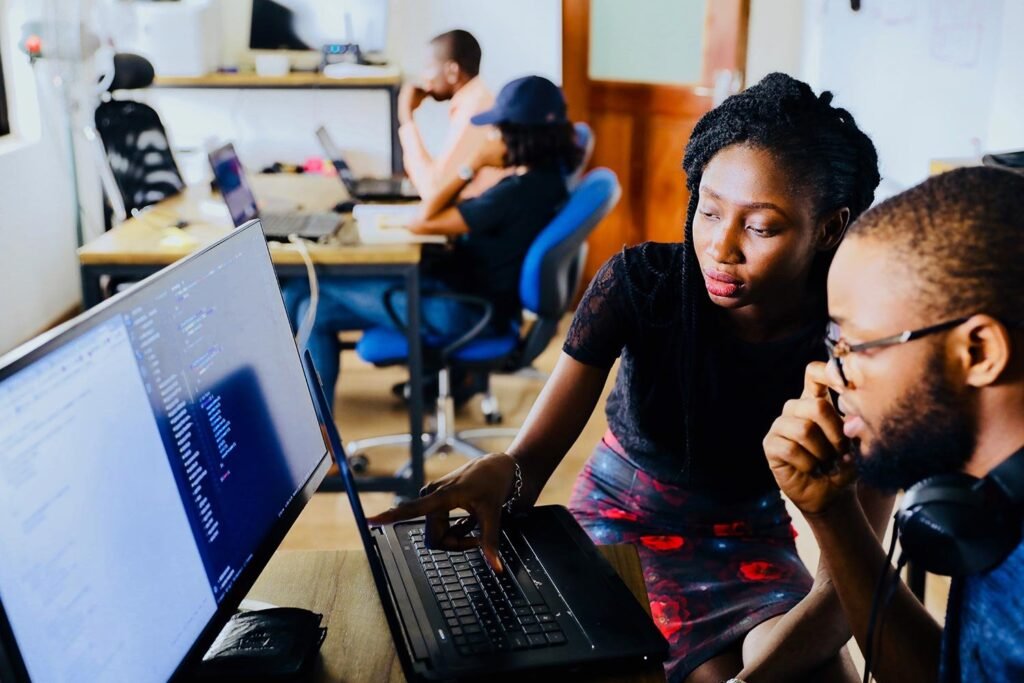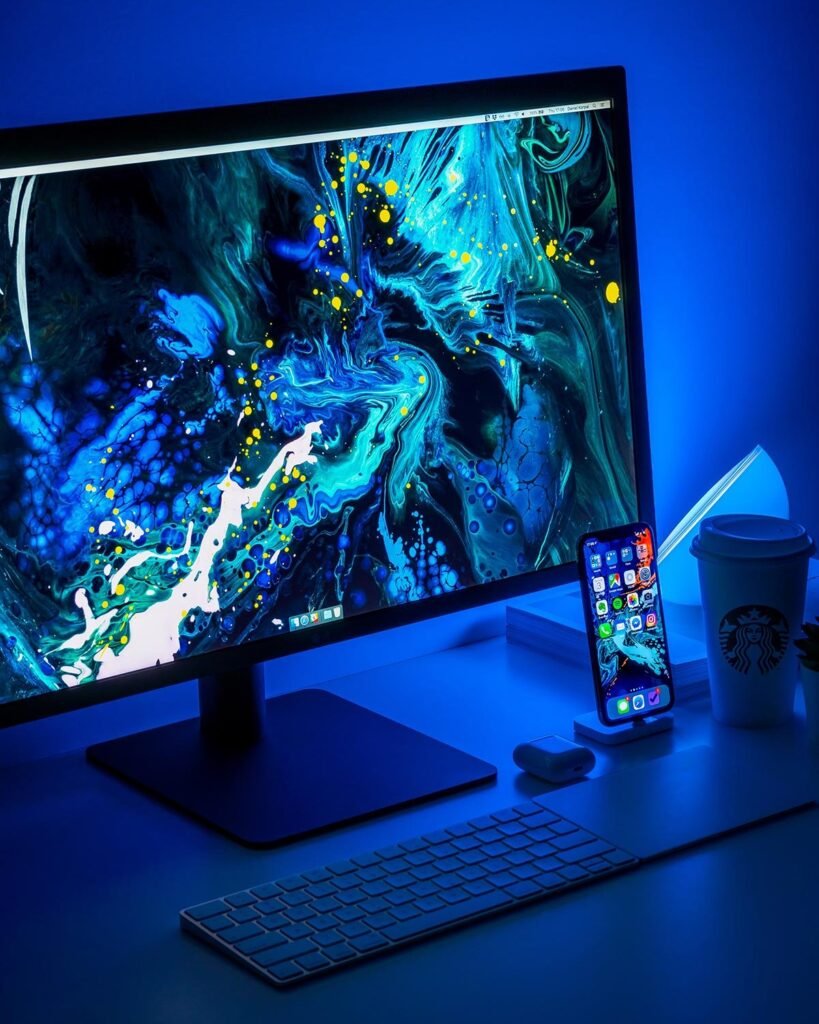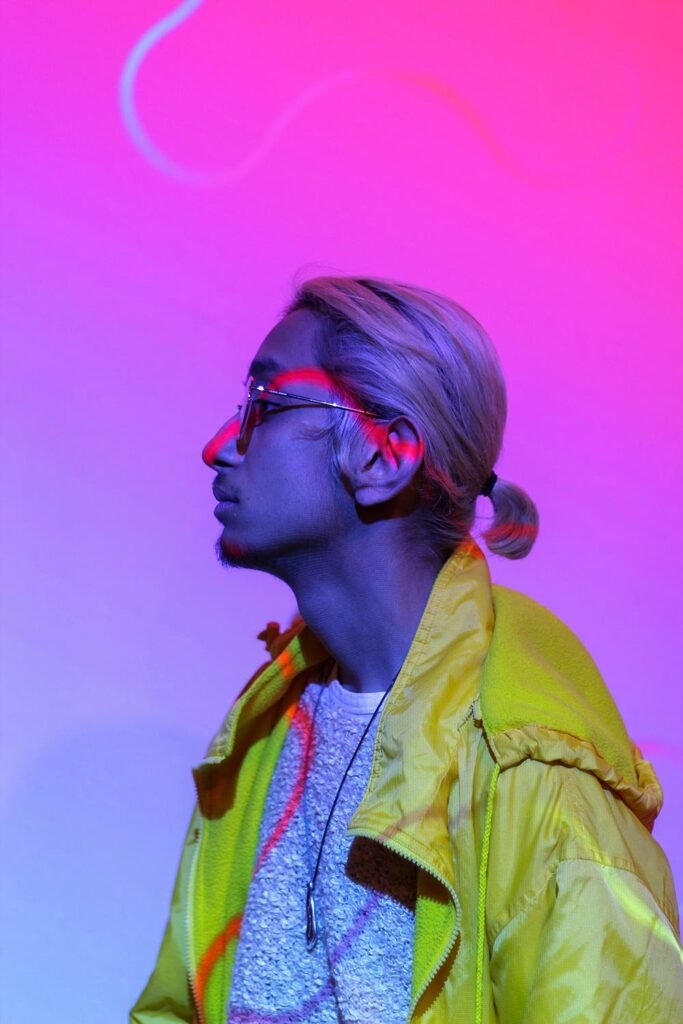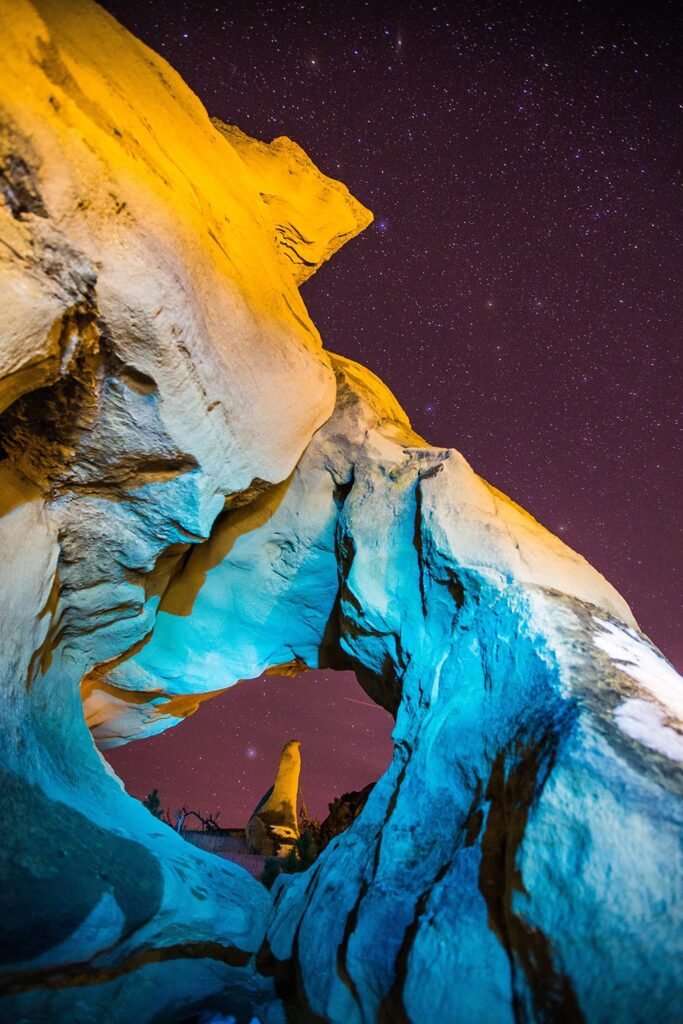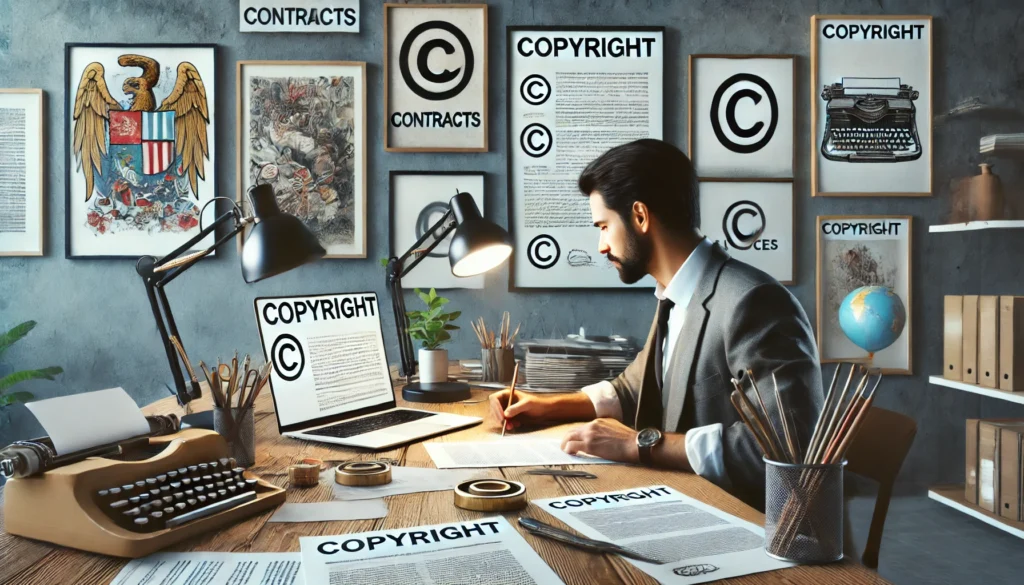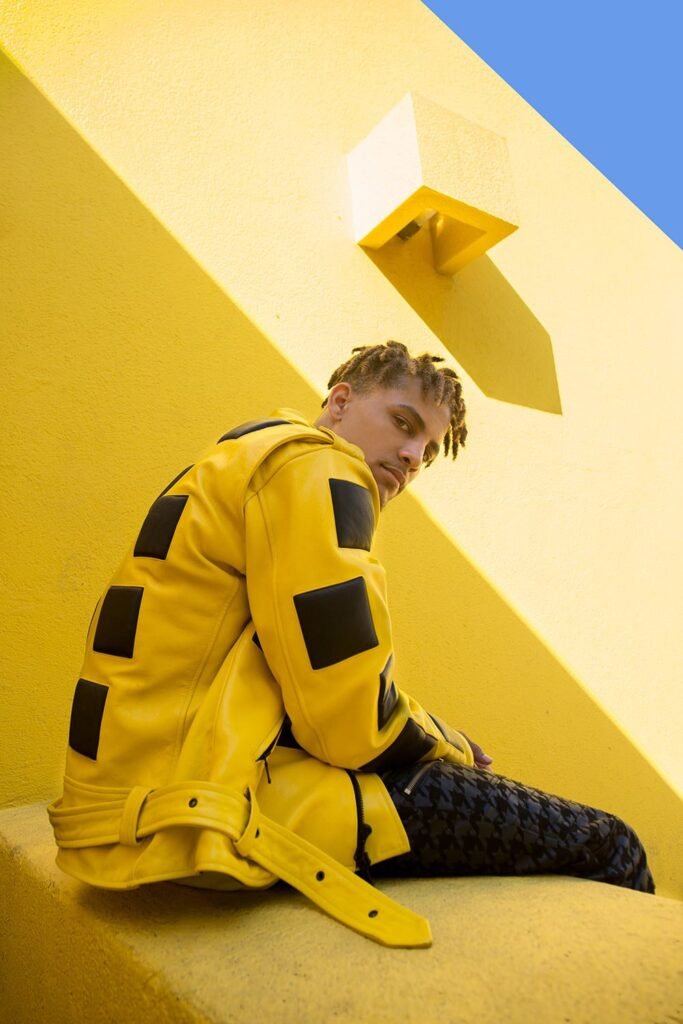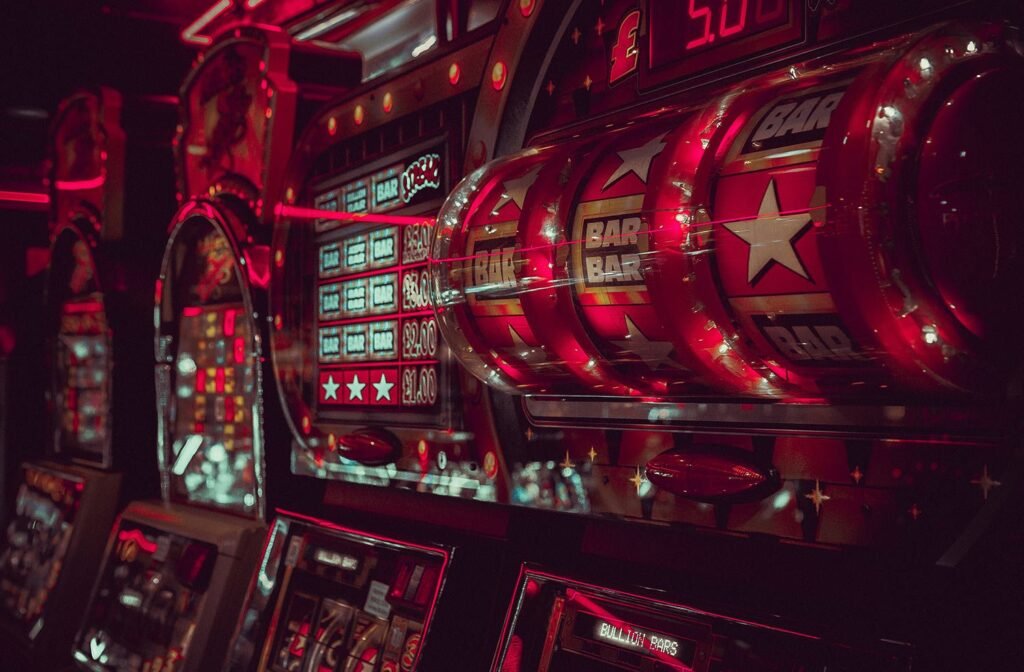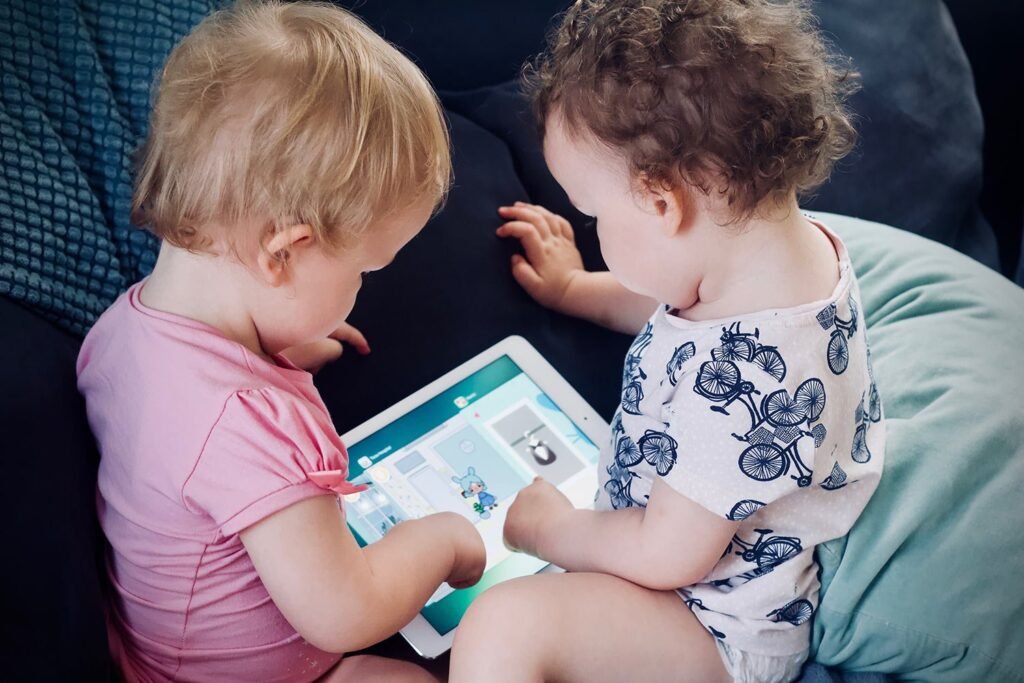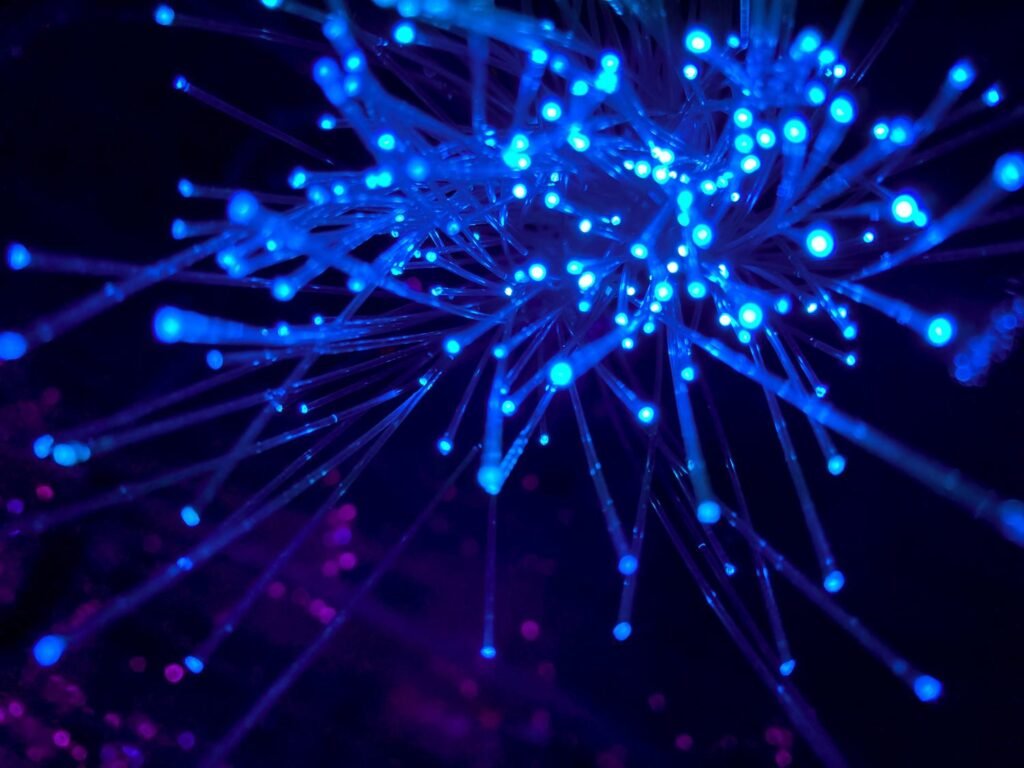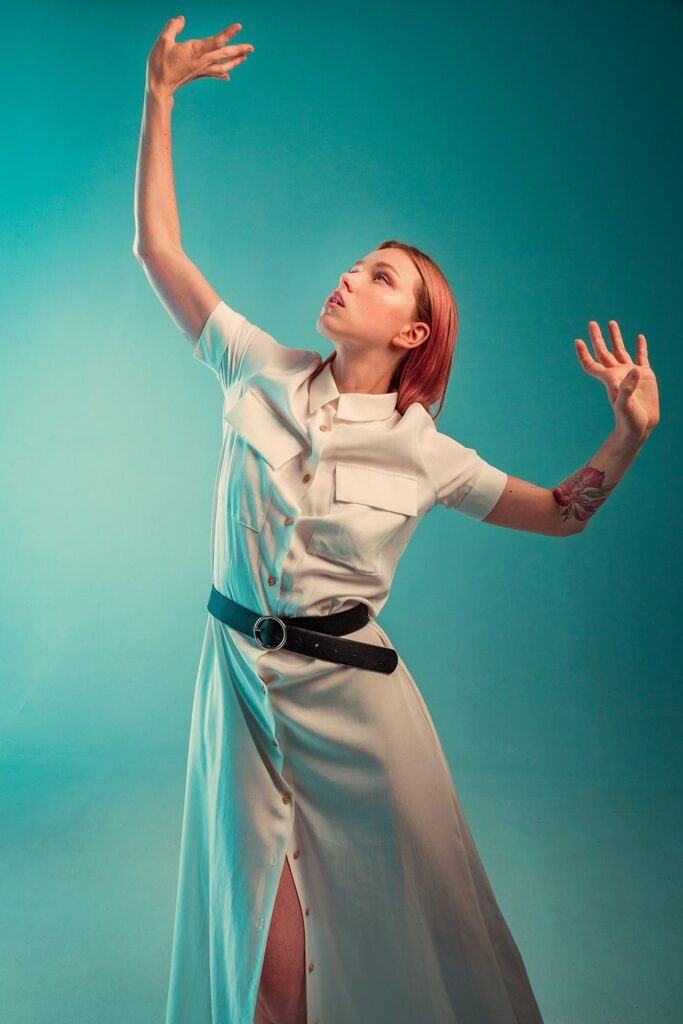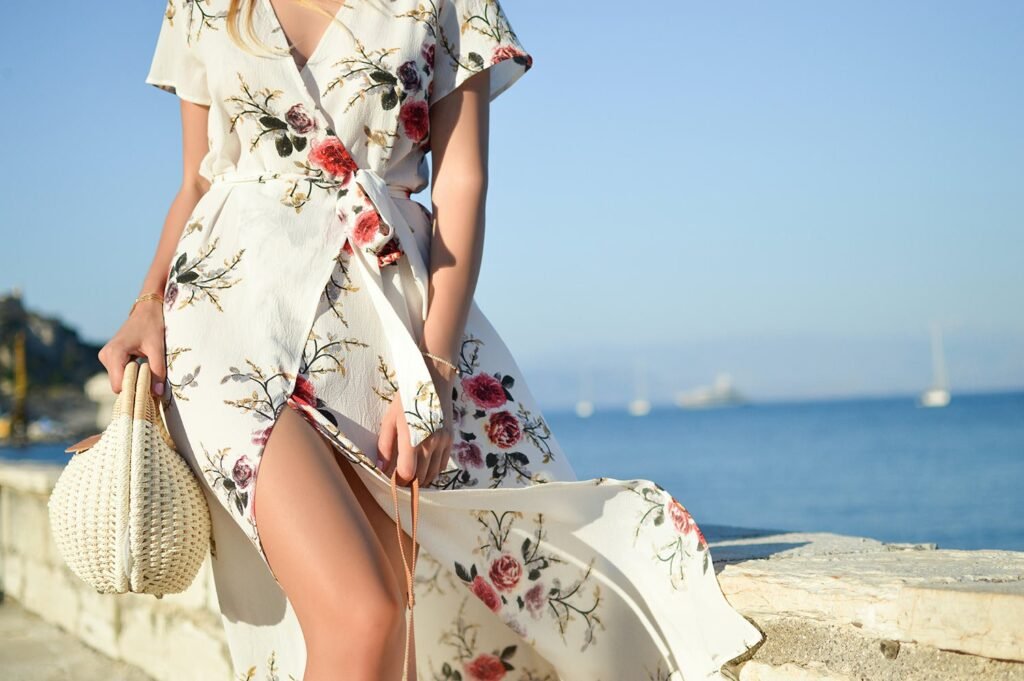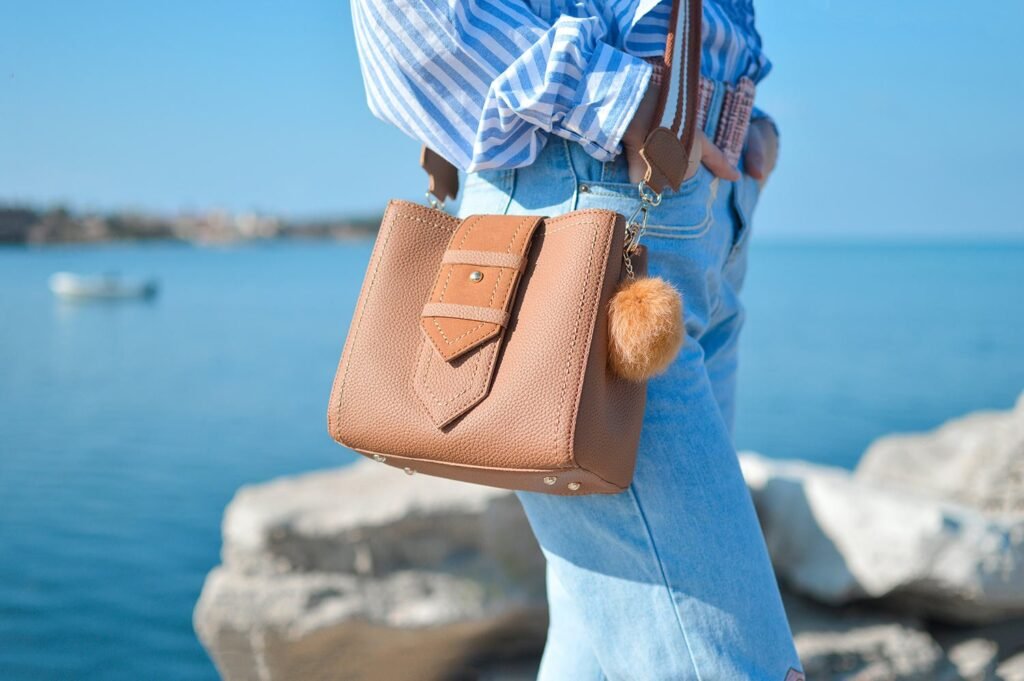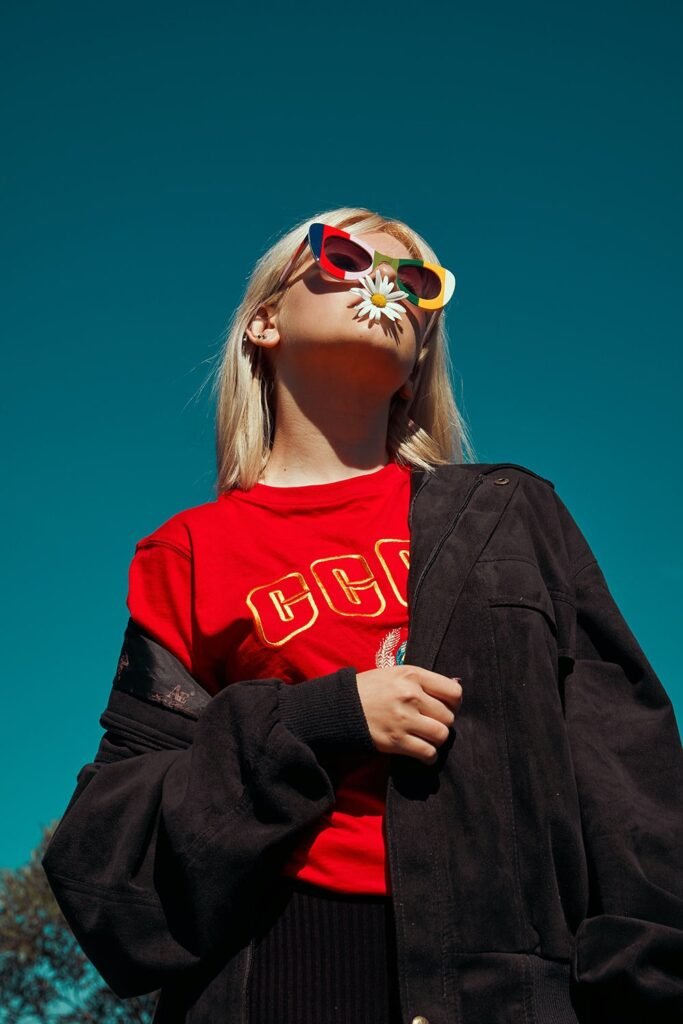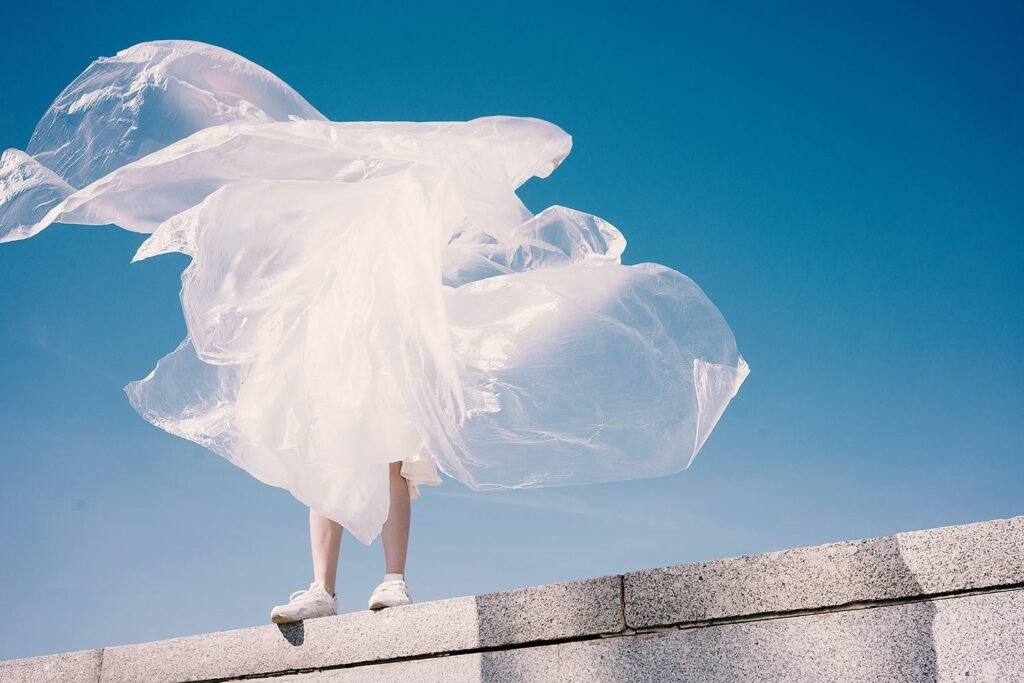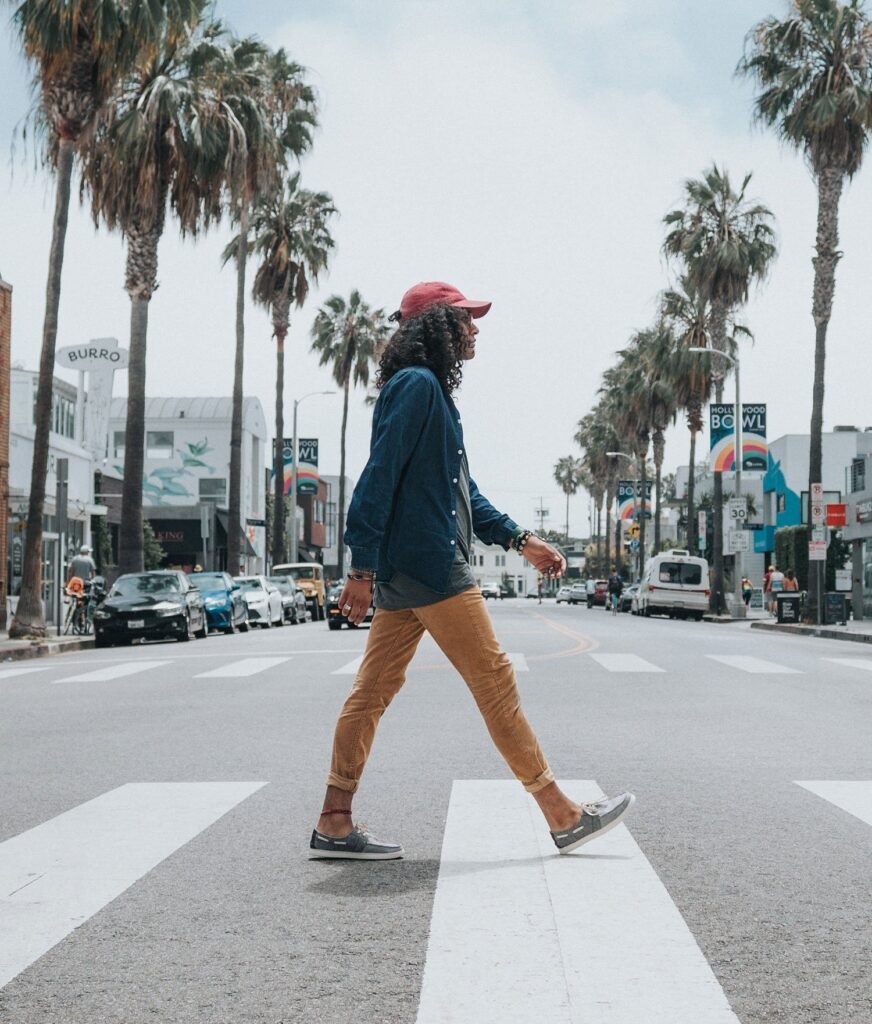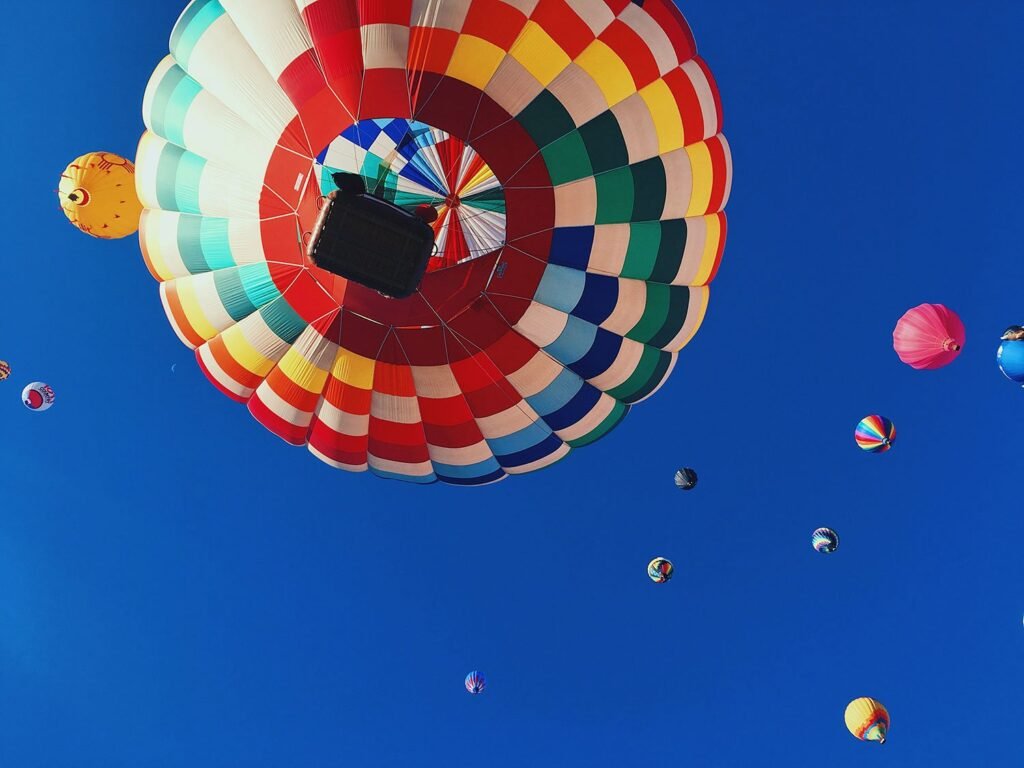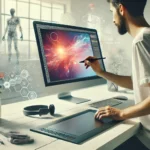How Technology is Transforming the Art World
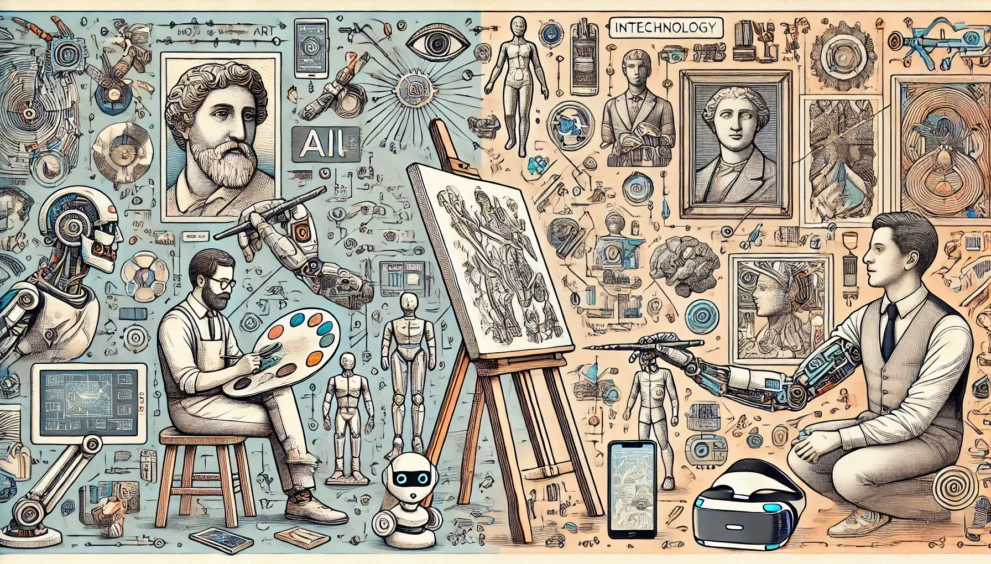
The intersection of technology and art has ushered in a new era of creativity and innovation. From artificial intelligence to virtual reality, technology is reshaping the way art is created, shared, and experienced. This educational exploration dives into how cutting-edge tech is revolutionizing the art world, opening up new possibilities for artists and audiences alike.
- Artificial Intelligence (AI) in Art Creation
Artificial intelligence has become a powerful tool for artists, enabling the creation of works that blend human creativity with machine precision.
Applications:
Generative Art: Tools like DALL-E and Runway ML allow artists to generate unique visuals based on text prompts.
Style Transfer: AI algorithms can mimic the styles of famous artists, transforming ordinary photos into works of art.
Collaborative Art: Artists and AI work together to push creative boundaries, such as in Refik Anadol’s data-driven installations.
Impact:
AI expands the creative toolkit, making it possible to visualize concepts that were once unimaginable.
- Virtual Reality (VR) and Augmented Reality (AR) Experiences
VR and AR are transforming how audiences interact with art, creating immersive and interactive experiences.
Applications:
Virtual Galleries: Platforms like Spatial and Artsteps allow artists to create virtual exhibitions, reaching global audiences without physical constraints.
Interactive Installations: AR apps enable viewers to engage with artworks in new ways, such as overlaying digital animations on physical pieces.
Art Education: VR environments provide students with hands-on learning experiences, from virtual museum tours to 3D modeling.
Impact:
These technologies make art more accessible and engaging, breaking down geographical and financial barriers.
- NFTs: Redefining Art Ownership
Non-fungible tokens (NFTs) have disrupted the traditional art market by providing a way to buy, sell, and authenticate digital art.
Applications:
Digital Collectibles: Artists can sell unique digital pieces as NFTs, ensuring provenance and originality.
Smart Contracts: NFTs include automated royalties, allowing artists to earn from secondary sales.
Community Building: NFT platforms like OpenSea and Foundation foster direct connections between artists and collectors.
Impact:
NFTs empower artists to monetize their work directly and create new revenue streams.
- 3D Printing: Bridging the Digital and Physical
3D printing technology has expanded the possibilities for sculptors and designers by translating digital models into tangible objects.
Applications:
Sculpture: Artists use 3D printing to create intricate designs that would be difficult or impossible by hand.
Functional Art: Designers produce unique furniture and wearable art using 3D printers.
Restoration: Museums utilize 3D printing to restore damaged artifacts with precision.
Impact:
This technology bridges the gap between the digital and physical realms, enhancing creative versatility.
- Digital Platforms and Social Media
Technology has democratized art distribution, allowing artists to share their work and build audiences online.
Applications:
Social Media: Platforms like Instagram, TikTok, and Pinterest are visual-heavy and ideal for showcasing art.
E-commerce: Artists sell their work directly to consumers through websites and marketplaces like Etsy and Society6.
Streaming Art: Digital displays in homes and public spaces allow people to stream curated art collections.
Impact:
Artists now have greater control over their careers, reaching global audiences without traditional gatekeepers.
- Data Visualization as Art
Data visualization turns raw information into compelling visual stories, blending science and art.
Applications:
Art Installations: Artists like Giorgia Lupi and Refik Anadol create immersive pieces using data as their primary medium.
Social Impact: Data art raises awareness about global issues like climate change or migration patterns.
Impact:
This fusion of art and analytics makes complex topics more relatable and visually impactful.
Conclusion
Technology is not replacing traditional art; it is enhancing it, offering new tools and platforms for expression. From AI-generated masterpieces to immersive VR exhibitions, the integration of tech and art is shaping a future where creativity knows no bounds. Whether you’re an artist, collector, or enthusiast, embracing these innovations can open up exciting opportunities to experience and create art in unprecedented ways.
What technology-driven art trend excites you the most? Share your thoughts and experiences in the comments below!













